Discover art, history and culture in the thriving cities of Flanders
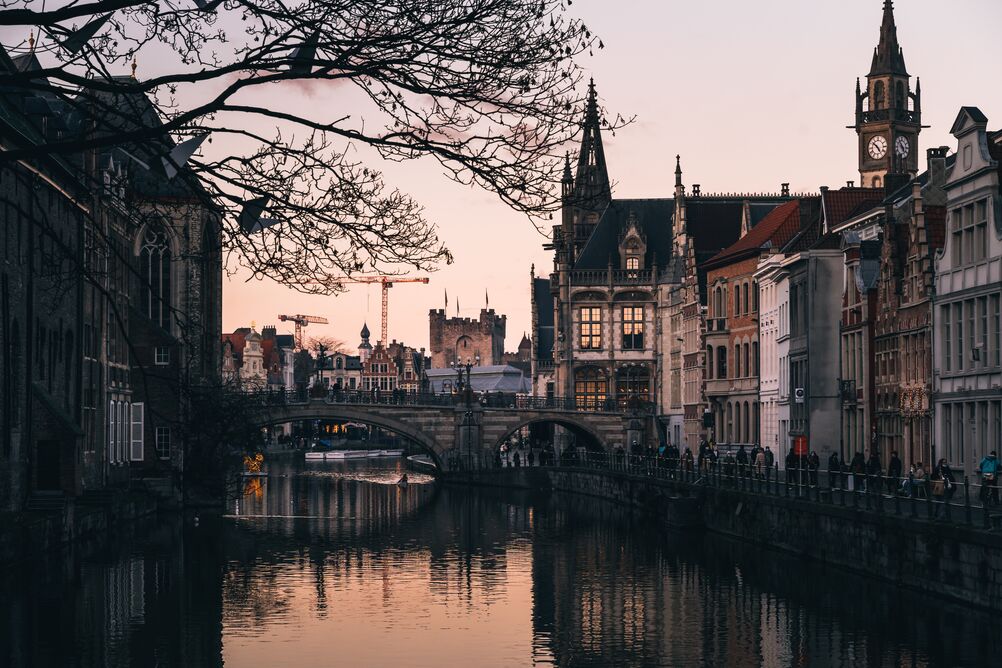
Antwerp, start of the 17th century.
Peter Paul Rubens, star of the Flemish Baroque art movement, is running a large workshop from his Italianate villa where he is painting prolifically: turning out self-portraits, landscapes as well as flamboyant depictions of royals and Christian history. By 1630, he had received a knighthood from both Charles I of England and Philip IV of Spain.
That Italian-in-style Baroque villa is now Rubens House, a museum dedicated to Flemish art’s most famous son and one of Antwerp’s star attractions.
No surprise that this Flemish city produced one of Europe’s most quietly impressive artists. Flanders, the northern portion of Belgium, has a rich trading history, making its cities magnets for artists, nobles and the great thinkers of the time, where ideas were swapped as seamlessly as goods. This history lent the region its urbanised, highly cerebral feel, which zips through the cities of Antwerp, Bruges, Ghent, Leuven and Mechelen today. No other area of Europe has so many superb art cities pulsing with heritage and culture quite so close together, and the best news is they’re still flying under the mass tourism radar – for now. And this year is the best time to start exploring its artistic history, especially with some big-ticket events such as Bruges Triennial open to tempt visitors back.
Let’s start in Antwerp, as Rubens did. To immerse yourself in the great Flemish master, the place to start is Rubens House, in the middle of the fashion-forward city. This beautiful urban palace centres around a stunning Italian-style piazza, and visitors can peek into Rubens’ house and studio – it’s living art history.
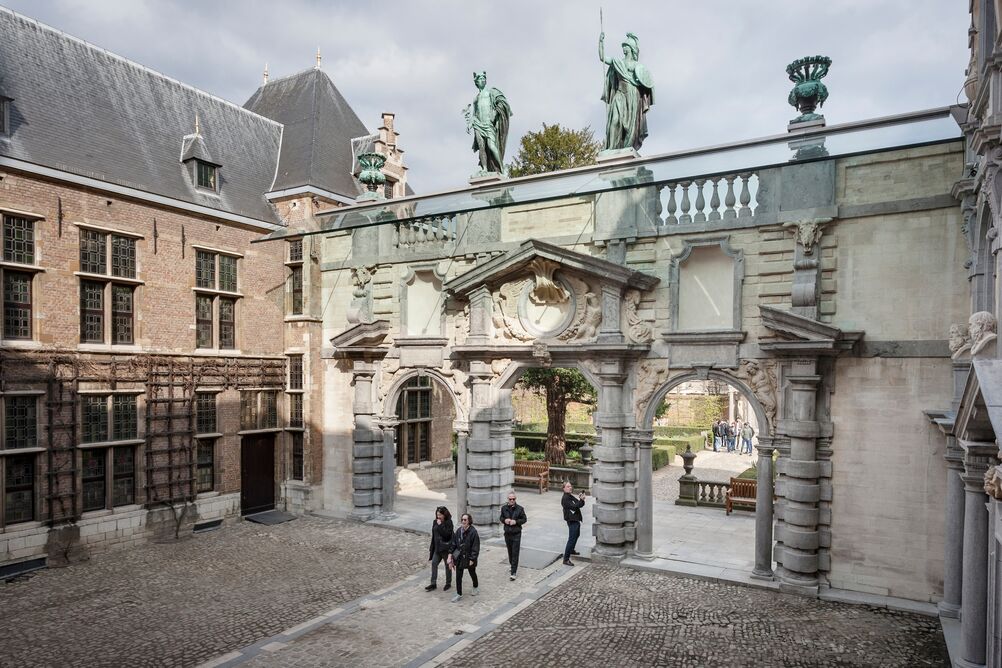
Follow Rubens to Antwerp cathedral, which showcases four works by the master, including The Raising of the Cross and The Descent from the Cross; while the world-class artist helped to design and fashion the St Charles Borromeo Church nearby. High art also lives in smaller places in Antwerp, like the Snijders & Rockox House, the former home of Rubens’ contemporary, Nicolaas Rockox; and the Mayer Van den Bergh Museum, which is currently hanging Bruegel’s Dulle Griet (Mad Meg) and Fouquet’s Madonna.
Rubens’ flamboyant style, rendered so elegantly in his Baroque paintings, lives on in Antwerp itself, which is today a lively, buzzy city – Belgium’s most populous. But it still has its secrets: like the Vlaeykensgang, a tangle of alleys and small passageways, which is the perfect lens into old Flanders.
Rubens was also a prolific traveller, spending time in England and Spain throughout his illustrious career, and so travel we must: to the other cities of Flanders to appreciate their unrivalled art history.
Ghent is a stylish, laid-back port city with an illustrious heritage that still has plenty of natural, green-filled spaces to relax in. Visitors can also find peace in the quaint beguinages, holy alleyways dating from the 13th century in the middle of the city formerly used by nuns.
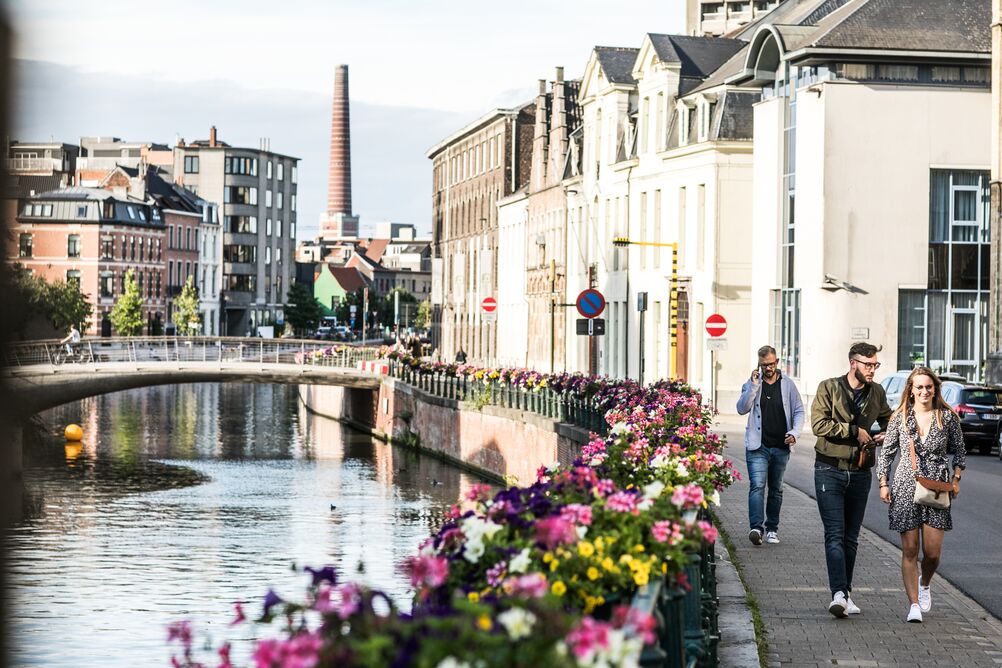
The recently restored Ghent Altarpiece by two other heavyweights of the Flemish art movement – the Van Eyck brothers – has just been renovated, and now takes pride of place at St Bavo’s Cathedral, which is also the resting place for Van Eyck’s Mystic Lamb, which has a very eventful history.
Or perhaps imagine yourself as a 12th century night in the Castle of the Counts, uniquely right in the heart of this lively city, complete with gatehouse, rampart wall and – terrifyingly – a collection of torture instruments. Don’t leave without doing the excellent audio tour.
And as night falls, the same historic streets and squares you spent the day exploring are beautifully illuminated at twilight, with lights bouncing off the water, as part of Ghent Alight – giving a whole new perspective to this enchanting city.
Our next stop is picture-postcard-perfect Bruges, where old meets new. This year, the city is hosting a not-to-be-missed Triennial until 24 October, a contemporary art and architecture festival bringing together a clutch of national and international artists. But modern architecture doesn’t just live for the Triennial – check out the modernist Bruges concert hall, which has all manner of dance, music and visual art events on its bill.
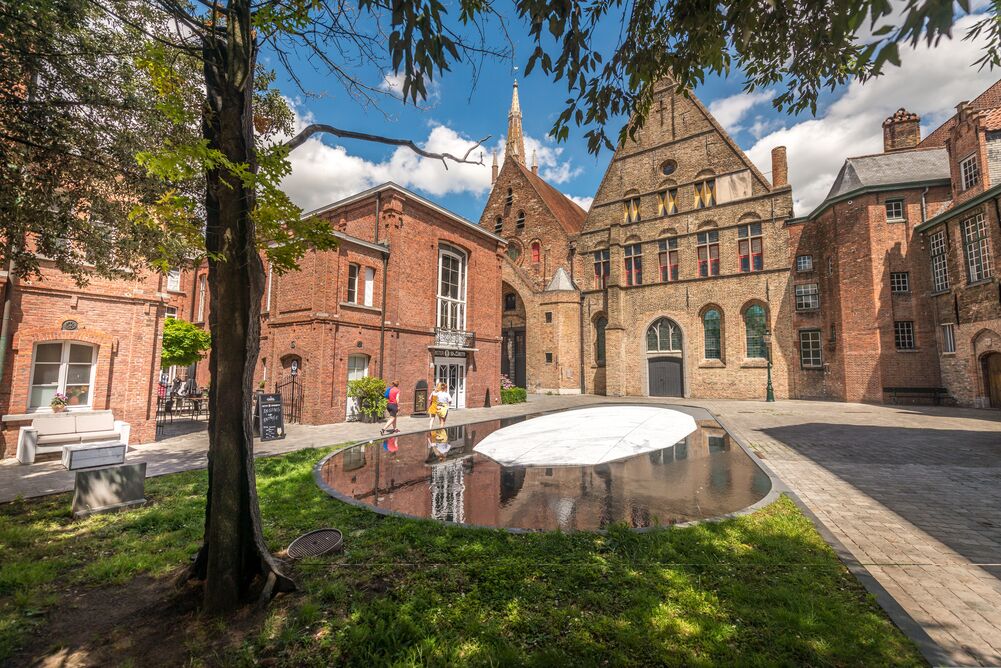
Bruges can do contemporary beautifully, but its compact, Unesco World Heritage-rated centre hides exquisite cobbled streets and canals that flaunt its architectural heritage and medieval fabric. There’s St. John’s Hospital, one of the oldest preserved hospital buildings in Europe, which also houses an impressive collection of Flemish art; or the Begijnhof, a tranquil convent garden, which is Unesco-rated in its own right. And if you’re looking for somewhere to ponder the fact that Bruges was the birthplace of Flemish primitives, find one of the green chairs or picnic benches dotted throughout the city. A pint of local Brugse Zot beer, anyone?
To Leuven, one of the oldest and liveliest international university cities in the world. You’re in great company: great thinkers including Vesalius, Erasmus and Mercator studied here, and the intellectual spirit is Leuven’s beating heart – you’ll feel it pulse in every courtyard, street or garden.
The best way to plug in is to wander without a map and see where your feet take you. You might chance upon the university library, dressed in lavish wood-panelled decor; or the oldest botanical garden in Belgium, dating back to the 18th century; or the Baroque Anatomical Theatre, where Leuven students learnt about anatomy.
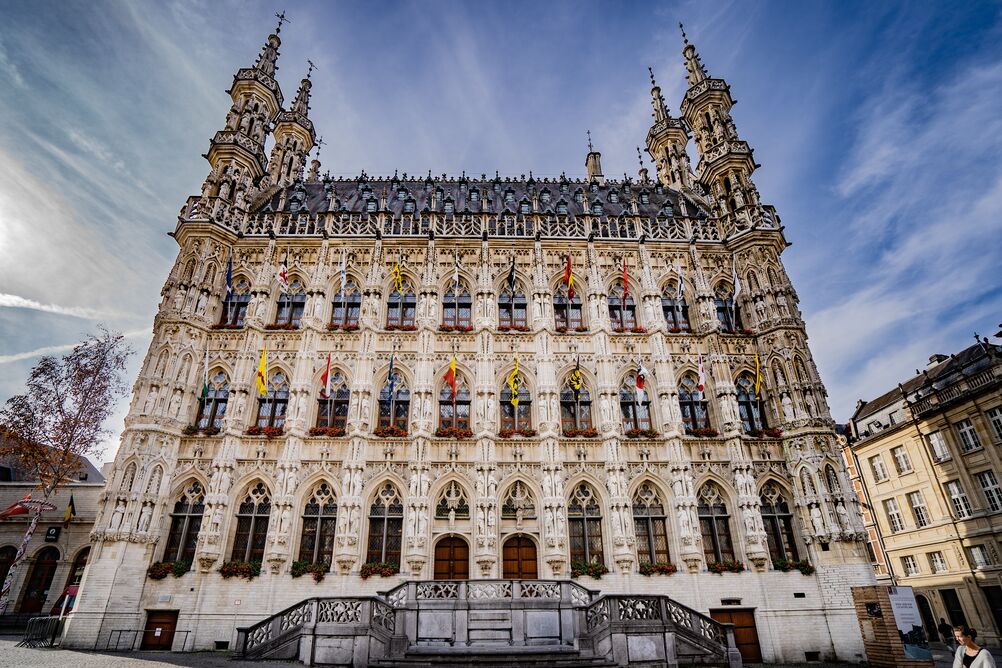
Don’t miss the majestic Gothic town hall, which has 235 historical statues on its facade – can you spot Napoleon? – and the romantic Groot Begijnhof, which is all medieval red brick houses and cobbled streets. Naturally, it’s been home to many visiting professors, doctoral students and university staff, and they still live here today.
The vibrant student population of Leuven love Park Abbey, a wonderfully serene oasis that dates back to the 17th century, on the fringes of the city. The interior has just opened, and visitors can glimpse the abbey’s unique Baroque semi-raised stucco ceilings and 17th-century stained-glass windows. No visit would be complete without a shot of art history, which comes in the form of 15th century Leuven city painter Dieric Bouts, whose Last Supper is hanging in St. Peter’s Church.
Our last stop on the Flanders art history tour is the walkable, mighty city of Mechelen, a place truly worthy of the often over-used phrase “a best-kept secret”. Thanks to its proximity to both Antwerp and Brussels, Mechelen has long been an important political and cultural crossroads, and was where generations of royalty were educated – including England’s doomed queen Anne Boleyn.
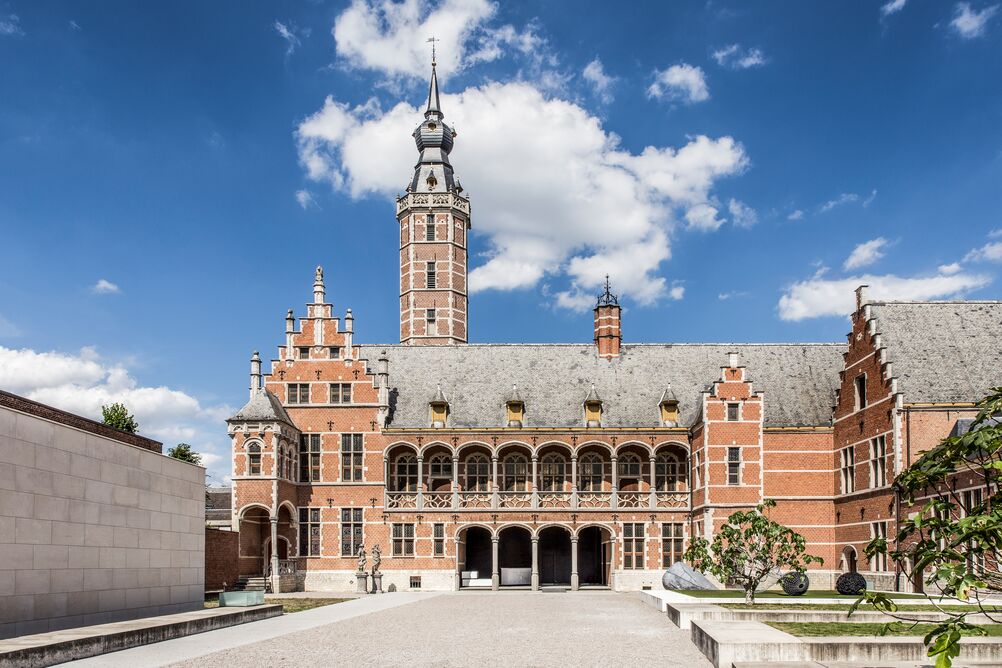
The city palace of Hof van Busleyden is an ideal introduction to Mechelen’s history, as it was the creative setting for many important thinkers such as Hiëronimusch van Busleyden, Margaret of Austria, Erasmus and Thomas More to exchange ideas. Don’t miss the idyllic enclosed gardens, created by Mechelen hospital nurses, that have been recently restored.
Ready to kick your city break into high gear? Try walking up St Rumbold’s Tower to experience Flemish carillon culture, rated by Unesco, up close… really close. (Tip: bring earplugs.) Then enjoy the views of the city from almost 100 metres up. Round off your visit with The Art Hour, an innovative idea to see 32 top artworks dating between 1880 and 1950 in the protected monument of the Chapel of the Holy Spirit.
There’s a reason Flemish masters like Rubens and Van Eyck flourished in Flanders. Its spectacular art cities, important seats of learning, knowledge and artistic flair for centuries, have spurred much of Europe’s cultural scene. Come and discover them for yourself before anyone else does.
For more information on Flanders’ art cities, see https://www.visitflanders.com/en/
